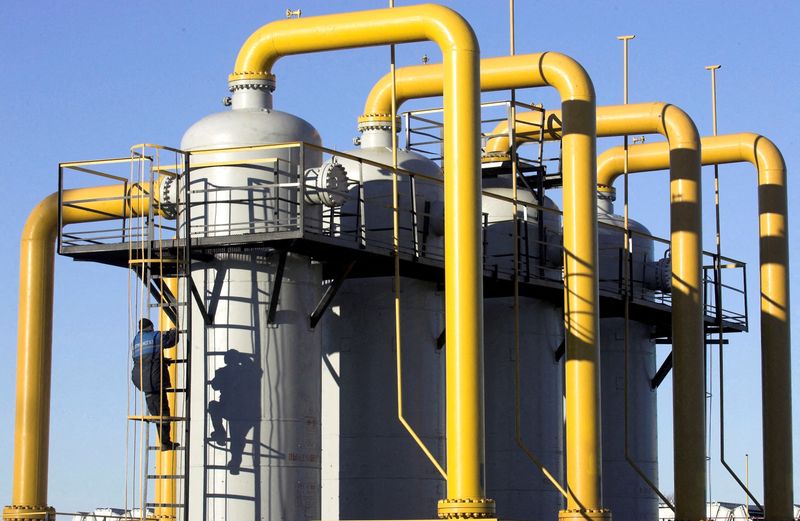UBS: Brighter future for US natural gas despite congestion fears
According to a research note from UBS on Tuesday, temporary disruptions at export terminals and increased production have caused US natural gas prices to drop in recent weeks. This trend is primarily driven by concerns about congestion.
Despite the current situation, UBS maintains a positive 12-month outlook for US natural gas, although the firm advises investors to remain cautious due to high roll costs affecting performance.
UBS anticipates that higher prices will be necessary in 2025 to meet increasing export demand. US natural gas inventories currently exceed the five-year average, standing at 3.2 trillion cubic feet as of July 12, which is 16.9% or 465 billion cubic feet above the 2019-2023 average.
Although this surplus is less than the 678 billion cubic feet overage against the five-year average recorded in mid-March, it still represents a significant excess.
Concerns that inventories might reach capacity limits by the end of the injection season (end of October) have resurfaced, causing prices to decline from above USD 3/mmbtu in mid-June to near USD 2/mmbtu in mid-July.
Hurricane Beryl caused disruptions at liquefied natural gas (LNG) export terminals, amplifying these congestion fears. US LNG exports temporarily dropped from 13 billion cubic feet per day (bcf/d) to below 11 bcf/d before bouncing back to above 12 bcf/d.
The ongoing recovery of US natural gas production has also contributed to these concerns.
UBS maintains an optimistic view on US natural gas prices over the next year, driven by the launch of new LNG export terminals and increased pipeline exports to Mexico. However, the Golden Pass export terminal is now expected to commence operations towards the end of 2025, rather than in late 1H25 as initially projected.
Source: Investing.com
